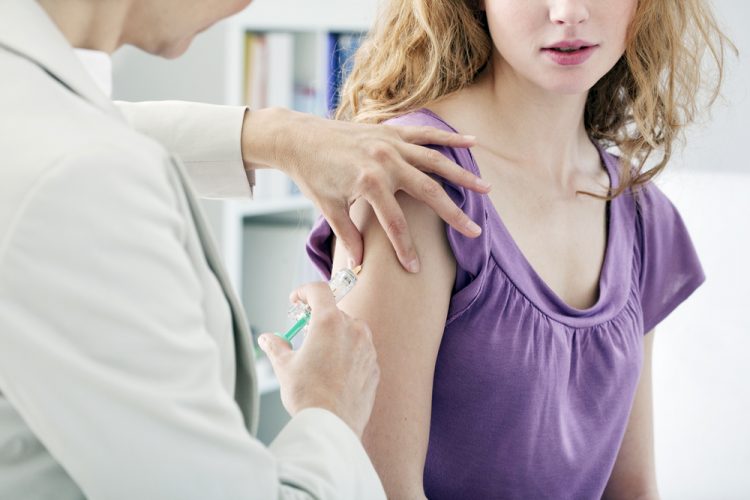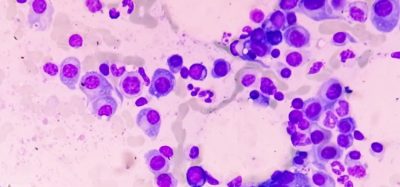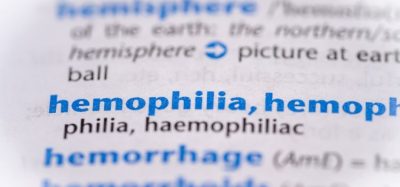EMA recommends first COVID-19 vaccine for children aged 12 to 15
Posted: 1 June 2021 | Hannah Balfour (European Pharmaceutical Review) | No comments yet
The EMA is recommending that the Comirnaty® COVID-19 vaccine’s indication be extended to include children aged 12 to 15 years.


The European Medicines Agency (EMA)’s Committee for Medicinal Products for Human Use (CHMP) has recommended extending the indication of Pfizer and BioNTech’s COVID-19 vaccine, Comirnaty®, to include use in children aged 12 to 15. The vaccine is already approved for use in adults and adolescents aged 16 and above.
Comirnaty is a messenger RNA (mRNA) vaccine for preventing COVID-19. It contains mRNA encoding for the SARS-CoV-2 virus Spike (S) protein which interacts with a receptor on the host cell (angiotensin-converting enzyme 2 [ACE2]) to infect cells and cause COVID-19 symptoms. The vaccine delivers this mRNA to human cells, causing them to temporarily produce S protein which is then exported to the cell membrane where it is presented to the immune system, preparing the body to defend itself against SARS-CoV-2.
The use of the Comirnaty vaccine in children from 12 to 15 will be the same as it is in people aged 16 and above – ie, it will be given as two injections in the muscles of the upper arm, administered three weeks apart.
The effects of Comirnaty in children were investigated in 2,260 children aged 12 to 15 years. This study was carried out in accordance with Comirnaty’s paediatric investigation plan (PIP), which was agreed by EMA’s Paediatric Committee (PDCO).
The trial showed that the immune response to Comirnaty in this group was comparable to the immune response in the 16 to 25 age group (as measured by the level of antibodies against SARS-CoV-2). The efficacy of Comirnaty was calculated in close to 2,000 children aged 12 to 15 years who had no sign of previous infection. These received either the vaccine or a placebo, without knowing which one they were given. Of the 1,005 children receiving the vaccine, none developed COVID-19 compared to 16 children out of the 978 who received the placebo injection. Therefore, in this study, the vaccine was 100 percent effective at preventing COVID-19 (although the true rate could be between 75 and 100 percent).
The most common side effects in children aged 12 to 15 are similar to those in people aged 16 and above. They include pain at the injection site, tiredness, headache, muscle and joint pain, chills and fever. These effects are usually mild or moderate and improve within a few days from the vaccination.
The CHMP did caution that, due to the limited number of children included in the study, the trial could not have detected rare side effects. The committee was also cognisant that EMA’s safety committee (PRAC) is currently assessing very rare cases of myocarditis (inflammation of the heart muscle) and pericarditis (inflammation of the membrane around the heart) that occurred after vaccination with Comirnaty, mainly in people under 30 years of age. Currently there is no indication that these cases are due to the vaccine and EMA is closely monitoring this issue.
Despite this uncertainty, the CHMP considered that benefits of Comirnaty in children aged 12 to 15 outweigh the risks, in particular in children with conditions that increase the risk of severe COVID-19.
The safety and efficacy of the vaccine in both children and adults will continue to be monitored closely through the EU pharmacovigilance system and ongoing and additional studies by the company and by European authorities.
Related topics
Biologics, Drug Safety, Immunisation, mRNA, Regulation & Legislation, Vaccines, Viruses
Related organisations
EMA's Committee for Medicinal Products for Human Use (CHMP), The European Medicines Agency (EMA)









